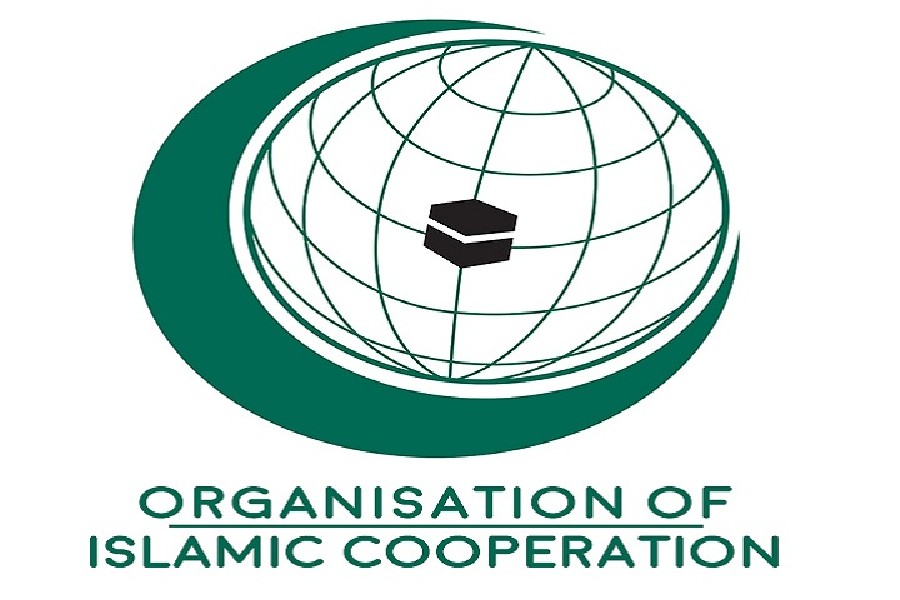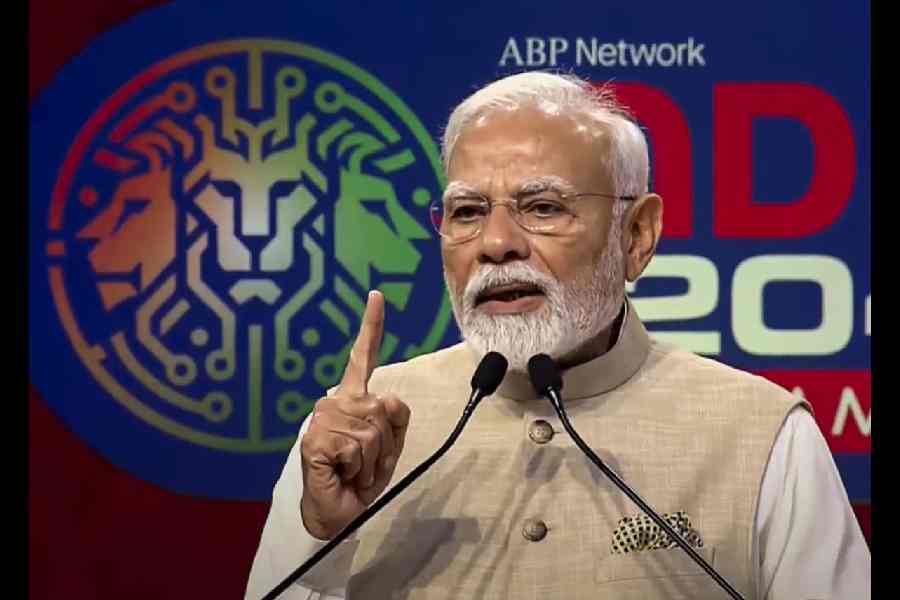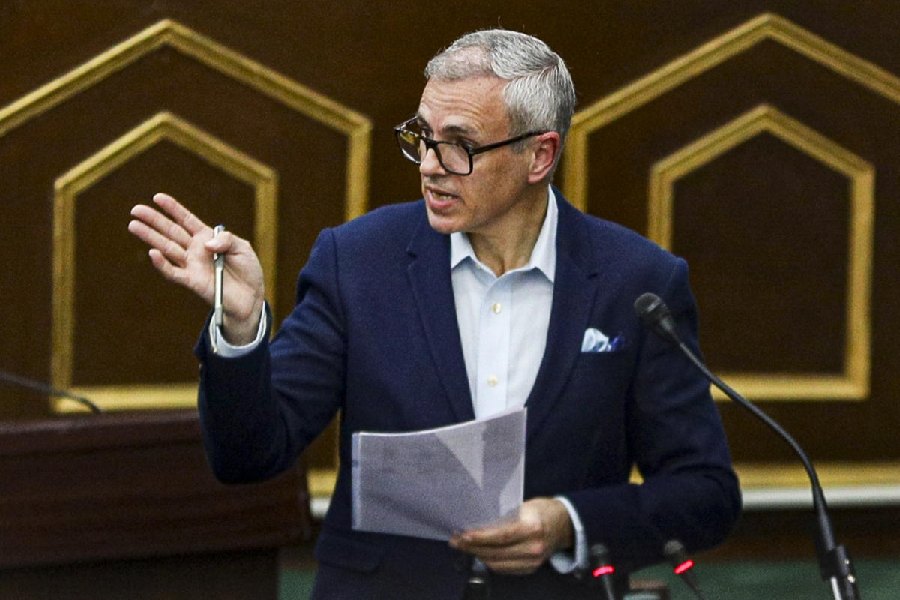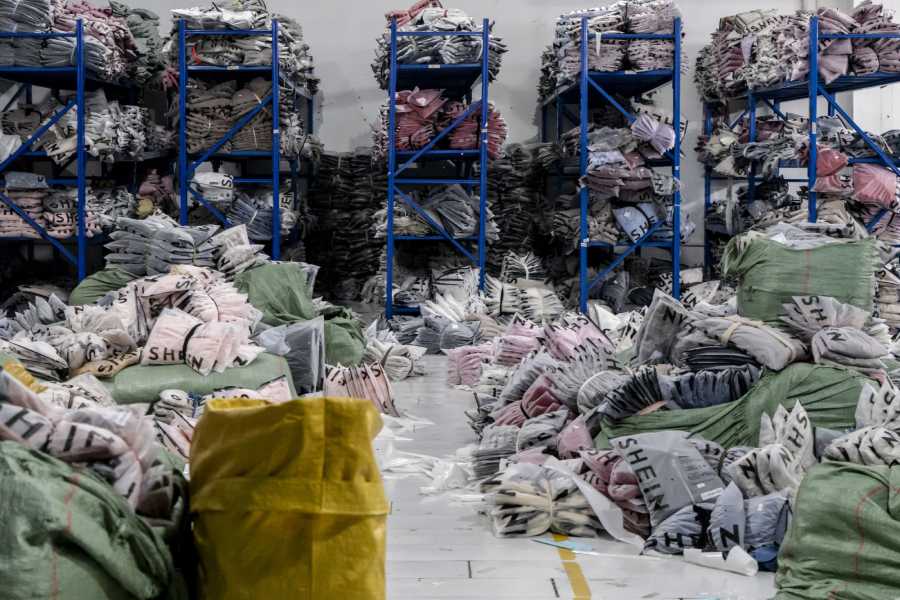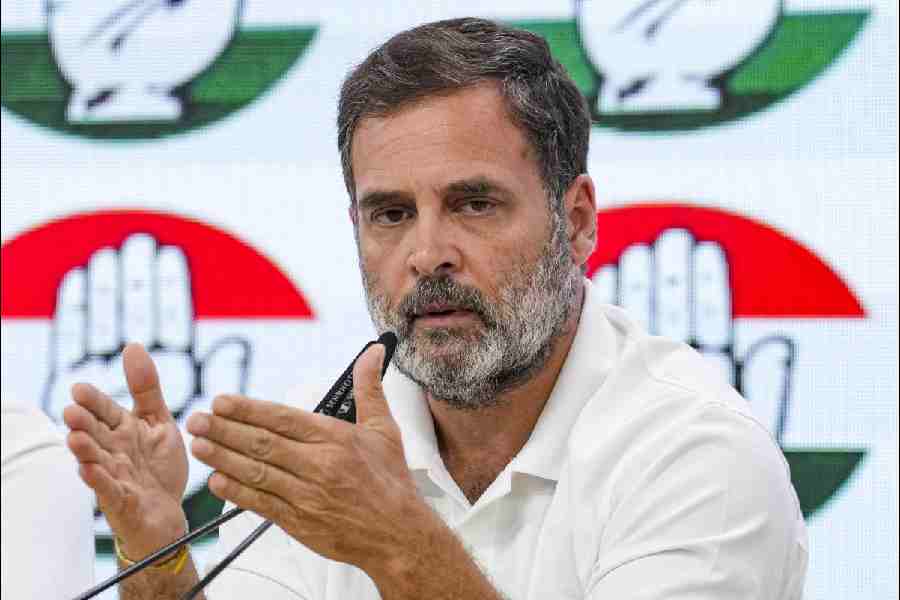|
|
To say that the election results for five state assemblies came in on Tuesday is true but misleading. One of those five states is more like a country — a large, backward country — than a state. According to the 2011 census, Uttar Pradesh is home to roughly 200 million people which makes it, demographically, a political unit slightly larger than Brazil.
More to the point, UP accounts for one-sixth of India’s population and is central to its politics. Since the turn of the century, though, the two major national parties, the Congress and the Bharatiya Janata Party, have been reduced to bit players in the politics of this crucial state. This impression was confirmed by Tuesday’s election results: the Congress ‘improved’ its seat share by winning 28 seats (37 if you count the nine seats won by its ally, the Rashtriya Lok Dal) while the BJP won 47 seats even as its vote share declined.
The pattern of provincial elections in UP over the past 20 years has two principal features. First, anti-incumbency strictly defines election results: the ruling party is voted out each time. Second, while the alternation between the ruling party and the principal opposition party remains a constant, the parties playing these roles have changed.
In the 1990s, boosted by the Ram Janmabhoomi mobilization and the communal polarization created by the razing of the Babri Masjid, the BJP was one half of the incumbent/anti-incumbent minuet, but over the last three elections, two ‘provincial’ parties, the Samajwadi Party and the Bahujan Samaj Party, have taken over the dance floor.
The importance of UP to the two national parties was evident in the BJP’s chagrin at its performance and the desperate, semi-delusional zeal of the Congress campaign led by its dauphin, Rahul Gandhi, and the cringing embarrassment of his apparatchiks when the party’s derisory seat share was confirmed.
The explanations offered for the inability of the two national parties to take advantage of anti-incumbent feeling varied. One theme was the failure of the Congress and the BJP to groom attractive provincial leaders. The other explanation was that hardy perennial, the absence of political organization at the ‘grassroots’. A third was the failure of the BJP and the Congress to understand that the old Mandal-mandir calculus didn’t work.
Yogendra Yadav suggested that the post-poll survey conducted by the Centre for the Study of Developing Societies showed that the categories pundits used to understand the politics of UP had been left behind by electoral reality. The reality was that people didn’t vote according to their identities to the same extent as they had done before. The survey’s most radical claim was that the Jatav rock on which the BSP was built had split, with a fifth of that vote going to the old enemy, the Samajwadi Party. Shekhar Gupta in The Indian Express declared that elections in contemporary India were becoming more meritocratic, that pandering to caste and community identities (as the Congress and the BJP had tried to do) didn’t pay off any more.
There’s another explanation which seems to fit the facts of the case better than the three outlined above. Far from representing a break from identity politics, the assembly election results seen in UP over the last decade, since the election of 2002, suggest that the only parties that can take advantage of anti-incumbent feeling are the ones that own a substantial caste identity. The BSP’s core vote consists of the Jatav community. Likewise the Samajwadi Party is, in the first instance, founded on a consolidated Yadav vote. The relative constancy of this vote makes these parties ‘bankable’ in Opposition: people from other castes and communities disillusioned with the ruling party can vote for them knowing that their votes will be added on to a steadfast core vote and are, therefore, more likely to help defeat the unpopular incumbent.
The reason the BJP can’t play this game is twofold. Its natural constituency, the upper-caste vote in UP, doesn’t move en bloc. The Brahmins, especially, are political tourists. They like thinking of themselves as kingmakers (Satish Mishra is a good example, playing Svengali to Mayavati) and consequently there’s no reason for a swing voter to look to the BJP as the likeliest agent of political change in an electoral contest. The second reason is that ideologically, the BJP’s political range is limited. It has no chance of attracting any Muslim voters and no real traction with the Dalits. Its best hope is mopping up other backward classes voters alienated by the Yadav-dominated Samajwadi Party. Arun Jaitley, in the course of a post-mortem on the BJP’s election failure, admitted that the import of Uma Bharti into UP and the recruitment of the expelled BSP leader, Babu Singh Kushwaha, was an attempt to do exactly that.
The reason it didn’t work is a) all other things being equal, there’s no good reason to pick OBC Lite over OBC Classic (the Samajwadi Party) and b) the BJP’s electoral success in UP in the 1990s under the stewardship of the OBC leader, Kalyan Singh (a Lodh Rajput) was premised on the force-multiplier of the party’s anti-Muslim mobilization. In the absence of Hindutvawadi frenzy, in post-Ayodhya UP, the BJP is condemned to remain an upper-caste rump.
The Congress’s position is even more dire. It hasn’t ruled the state since the mid-1980s, and it has been deserted by every constituent of its original Brahmin-Dalit-Muslim electoral coalition. Dalits have gone to Mayavati, Brahmins have begun to freelance under the delusion that they are kingmakers, and there’s no reason for Muslims to choose the Congress over the Samajwadi Party or even the BSP because the Congress has no core vote that it can reliably deliver.
The BSP, representing the Dalits, and the Samajwadi Party, representing the OBCs, are the parties that other castes and communities look to as patrons. Politically, therefore, Jatavs and Yadavs are UP’s political patrons; the other communities are, effectively, clients.
This begs an important question: why isn’t the Muslim community, which accounts for 18 per cent of UP’s population or nearly a fifth of its electorate, a power in its own right? Part of the answer to this question is historical: 65 years after Partition, mobilizing Muslims as a bloc is still a political minefield. More pertinently, having been at the receiving end of the sangh parivar’s violent Ram Mandir mobilization in the 1990s, Muslims still look towards politically powerful non-Muslim allies for protection.
But apart from the BJP, which, for obvious reasons, can’t bid for Muslim votes, every other party in UP is hugely aware of the vital importance of Muslim support. The BSP has spared no effort to mobilize plebeian Muslims and by some estimates the Samajwadi Party received as much as 50 per cent of all Muslim votes cast in this election. Muslims are both a large fraction of UP’s electorate and not organized into a community party in the way in which Jatavs and Yadavs are. Consequently, the Muslim community in the state is seen as the joker in the pack, the critical variable that can mean the difference between victory and defeat in a UP election.
This is why the Congress flouted the Election Commission’s code of conduct to promise Muslims reservations as a backward community. It was sharply criticized by opinion writers and the BJP for the anti-constitutional sin of offering reservations on the ground of religion. Whether this is accurate is debatable: Muslim communities in states like Andhra Pradesh are already recipients of reservation under the backward class rubric. But the focus on the Congress’s pitch to UP’s Muslims misses the point: the Samajwadi Party, which swept the election, promised Muslims twice the reserved percentage offered by the Congress. Whether the Samajwadi Party will deliver on this promise is something that lies in the future: what the promise tells us about politics today is that the notion of reservation for Muslims, which used to be the third rail in Indian politics, the one you never touched for fear of being electrocuted, is now electoral currency.
The lesson of the election in UP is not that caste and community have ceased to matter in Indian politics. The lesson is that successful political parties in UP today are the ones that become the bastion of one caste or community and then, from that redoubt, draw other client communities into a successful anti-incumbent electoral coalition. Lacking such a redoubt, the Congress and the BJP, despite their most energetic efforts, are condemned, for the forseeable future, to fight electoral skirmishes on the margins while the main battle is joined elsewhere.







